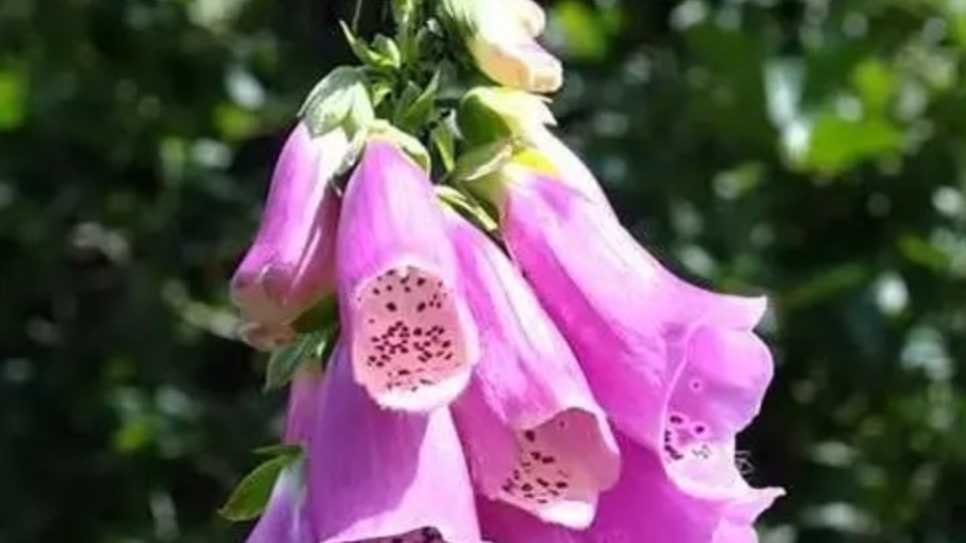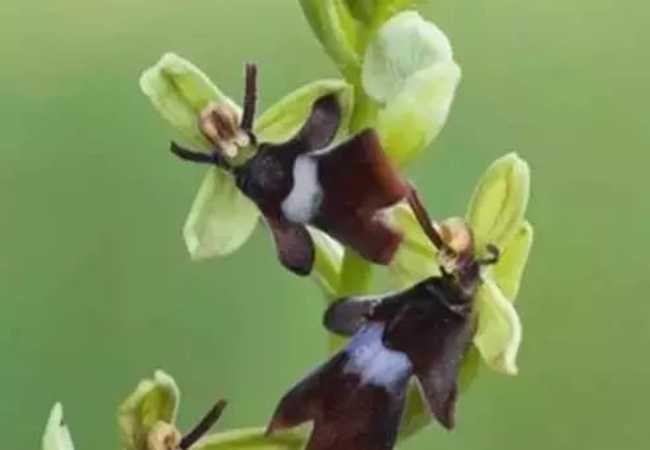A Visual Masterpiece in Bloom
Reaching 60–120 centimeters in height, the foxglove forms a rosette of lanceolate, hairy leaves in its first year, followed by a tall flowering stem in the second. The inflorescence, composed of 20–80 downward-facing flowers, creates a dramatic display: petals range from deep purple to pink, white, or cream, often adorned with speckled throats. Each flower (3–5 cm long) features a tubular base and a flared rim, evolving to attract bumblebees, which navigate the narrow corolla to access nectar, inadvertently transferring pollen. The plant’s texture—from the velvety leaves to the smooth petals—adds tactile depth to its visual allure.
Medicinal Marvel and Cautionary Tale
The foxglove’s leaves contain cardiac glycosides (notably digitoxin and digoxin), which have been used for centuries in traditional medicine to treat heart conditions. These compounds strengthen heart contractions and regulate rhythm, though their efficacy requires precise dosage. However, every part of the plant is highly toxic if ingested, causing nausea, arrhythmias, and even death—earning it nicknames like "Witch’s Gloves" in folklore. Modern medicine carefully synthesizes its compounds, while gardeners revere it for its ornamental value, often planting it in cottage gardens or wildflower meadows. Though not endangered, habitat degradation threatens wild populations. As a symbol of nature’s dual beauty and danger, the foxglove remains a compelling subject in botany, medicine, and horticulture.
-------- END --------






